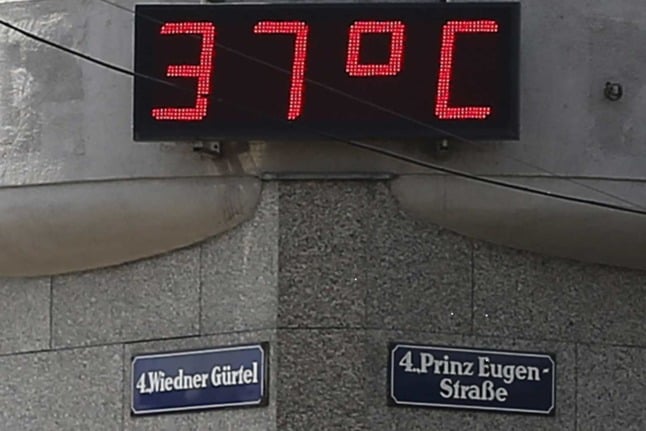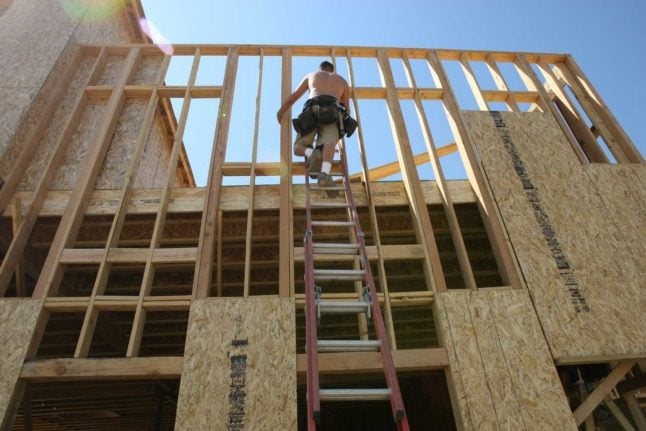Austria is experiencing a wave of high temperatures at the moment, which means workers in construction and other outdoor professions are feeling the heat.
To counteract this, the “Hitzefrei”, or “heat-free” regulation, is an Austrian law that allows people working outdoors to down tools when the mercury hits 32.5 degrees.
However, the construction company, or the boss, has to activate the Hitzefrei regulation at a site, and workers have no legal right to it.
As Austria experiences a heatwave, here’s what you need to know about Hitzefrei.
READ MORE: How to find a job in Austria
What is the law?
Hitzefrei was introduced to protect the health and safety of workers during times of extreme heat, and in May 2019 the temperature deemed as too hot was reduced from 35 degrees to 32.5 degrees.
This means employers can allow their staff to stop working until the temperature drops to a safe level again. Sometimes this might just be during the hottest hours in the middle of the day or late afternoon.
Workers should also be provided with sun protection, including personal protective equipment and allowed to take plenty of water breaks.

If Hitzefrei is applied, workers receive 60 per cent of their pay, which is reimbursed by BUAK (the construction workers’ leave and severance pay fund).
Statistics from BUAK show that 39,122 construction workers from 5,245 companies were granted Hitzefrei in 2019.
READ MORE: Tell us about getting Austria’s Covid immunity card
Anything controversial?
In recent days, the Bau-Holz Union (construction wood union) has demanded legal entitlement to Hitzefrei for workers, claiming that many companies do not use the regulation and some staff are forced to continue working in the heat.
The Tyrolean branch of the union has been particularly vocal about the issue and called for the regulation to be enforced for thousands of construction workers on Tuesday (22 June 2021) when the temperature passed 32.5 degrees.
According to the Bau-Holz Union, working in construction in high temperatures is “very dangerous” and more accidents happen as the ability to concentrate decreases.
There is also a higher risk of UV exposure for workers, especially when working high up on scaffolding.
As the five hottest summers in recorded history have been experienced since 2000, unions are calling for more protection for workers as further heatwaves in the coming years are expected.
READ MORE: Will the EU force Austria to adopt a minimum wage?




 Please whitelist us to continue reading.
Please whitelist us to continue reading.
Member comments